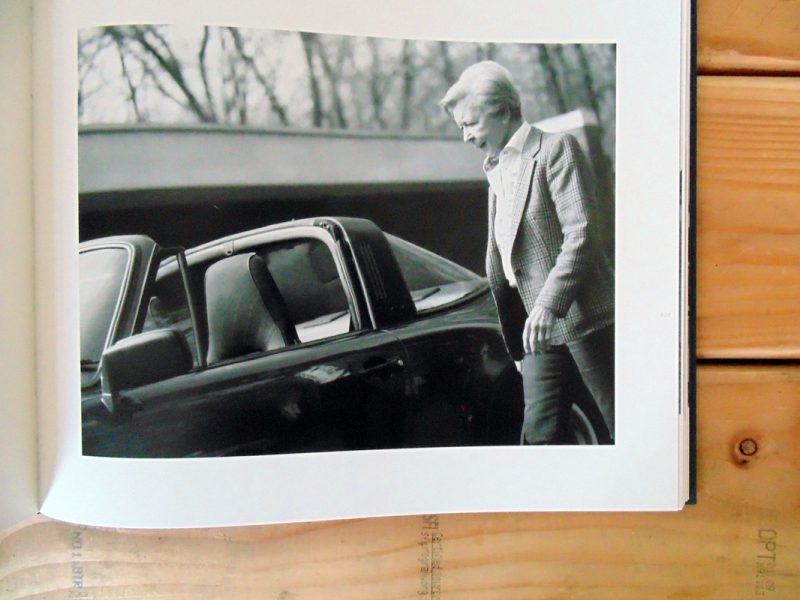It’s easy to start a piece off with a platitude, like “every field has its iconoclasts.” It’s also lazy, even if it is sometimes true. You; the reader, and I; the writer, know what the 911 is about. The 911, and its predecessor the 356, have stood against sports car convention for decades. The relentless march of progress has never managed to wrest that fundamental from Porsche. Ducati has left behind desmo drive and hand building. Mazda has abandoned the rotary. Mass market appeal and efficiency have driven many companies away from their roots. Like Porsche, however, Leica has never abandoned their roots. Like Porsche they have made inroads towards more conventional products to help keep the company afloat. In Leica’s case their roots are with the Rangefinder, and artist Burt Kuykens has brought the two together.
Like the rear mounted flat six, the rangefinder is fraught with compromise. The viewer does not look through the lens, they look over it. A set of lenses mounted high in the body of the camera allow for focus and correct for parallax, but the framing and perspective is always just off from what the camera sees. Despite this compromise, rangefinder viewfinders are the largest and brightest optical viewfinders of any camera. Because the view through the finder doesn’t change completely with the lens, the photographer can see beyond the frame. Because there is no mirror moving out of the way, a rangefinder is quiet and discreet. It’s not a perfect camera format, but like the 911 if it suits your needs, nothing works better.

Kuykens’ book, A Flat Six Love Affair brings the Leica and the 911 together. The book is simply presented; a cloth cover with the title and the artist’s 1986 911’s serial number embossed in gold. It is full of wonderful images which bring together the 911’s beauty, and the Leica aesthetic. The book is available from the artist’s website for 150 Euro, or about $160 at current rates.
